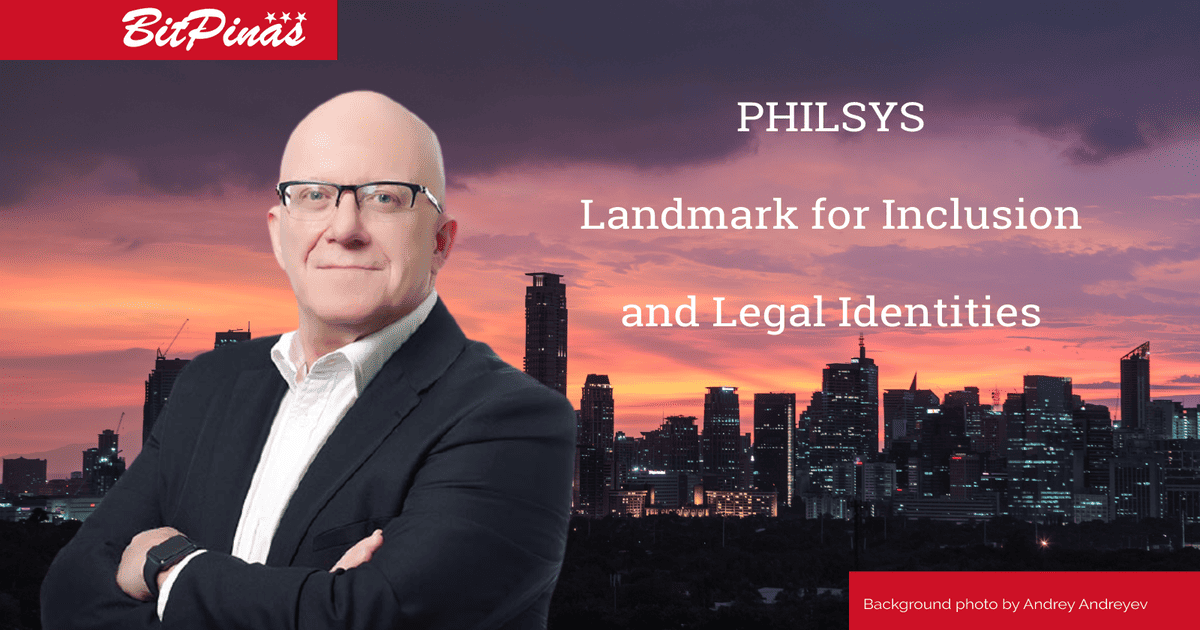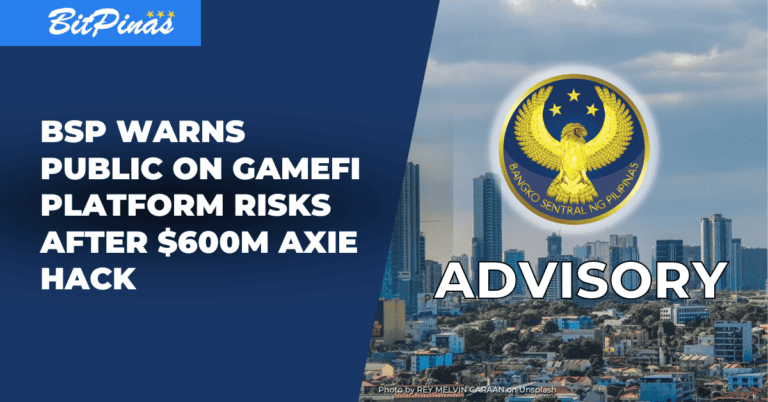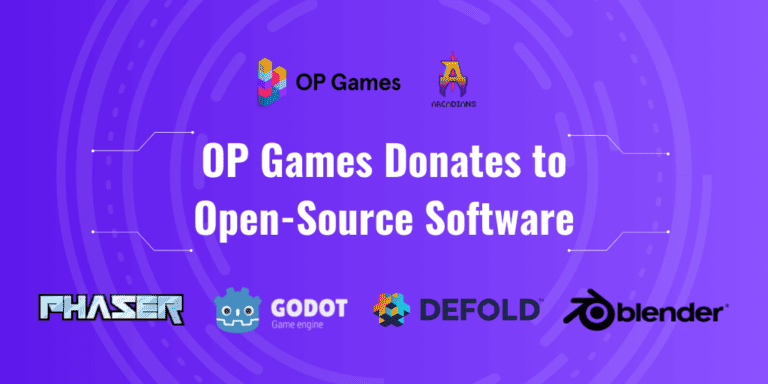PHILSYS – Philippine National ID: A Landmark for Inclusion and Legal Identities
What is PHILSYS and what are the latest developments around it? Learn more about the Philippine National ID program in this article.

Last year, the Philippine Statistics Authority (PSA) stated that it has completed phase of the Philippine National ID System that is otherwise known as PHILSYS. It is a national ID program that aims to register and provide legal identities to over 109 million Filipinos living in the country. It includes both natural born citizens and naturalized citizens. In the second phase of PHILSYS this year, the PSA stated that it plans to enrol over 70 million Filipinos to the national ID by end of 2021.
PHILSYS also aims to consolidate the identity verification process to the many agencies that process personal identifiable information and basing on the mandate signed by the Rodrigo Duterte Administration, the PHILSYS ID will also be a one card identity key to most business and financial services – supplanting the previous two valid ID requirements for user identity verification.
Aside from providing a legal identity to all Filipinos, the PSA, in working with the principles of the Bangko Sentral ng Pilipinas (BSP), aims for a nationwide leap on financial inclusion as the ID will enable its holders to create bank accounts easier upon presentation of the ID. They are aiming to relax qualification on IDs in order to cut down the rates of the unbanked in the country.
The PSA aims to register all Filipinos by 2022 to the PHILSYS program. In the 4th quarter of 2020, the PHILSYS is opting for a rapid rollout and deployment of PHILSYS across the PSA provincial offices located across the country:
- PSA have hired technical officers and IT specialists to be deployed across the many provinces where PSA provincial offices are located
- PSA have enlisted the aid of the Armed Forces of the Philippines for the safe transport of the PHILSYS registration kits across the archipelago.
- PSA and the PHILSYS program are conducting early door to door approach to document household and gather initial requirements in select areas across provinces.
- The PHILSYS program has a registration scheduling system where applicants are documented, scanned and verified.
- The PhilSys national ID will contain a quick response (QR) code with the owner’s two fingerprint data and a unique 12-digit identification number called the PhilSys number assigned upon birth or registration at the PhilSys.
PHILSYS DIGITAL IDENTITY: Registration and Integration
Basing on the news and press releases conducted by the PSA, identity management in the country is set for a technological leap towards digital identities. Digital Identities technology allows people to seamlessly verify their identities over a network service where personal information aren’t necessarily stored. Instead, nodal verification happens on special software and application programming interface (API) that are connected as permissioned processors to a highly secured national information depository consisting of layers of information blocks. No single server or database holds a person’s identity, instead, the blocks of information are stored in parallel and can be retrieved on a secured sequence that is time-stamped and heavily encrypted.
With the Systems Integrator / Integration approach, the PSA will be working with key technology partners in building the information repository architecture, embedded technology of access and the many layers of network security.
This approach is working in parallel with the on-field registration team to qualify and verify identities before these sets of personal information blocks are then securely transmitted to a staging repository. This process will happen simultaneously across provinces in the coming months as the PHILSYS national repository begins to take shape. People from all walks of life will eventually be registered, starting with small communities, barangays, municipalities and principal cities.
The PHILSYS information system will then be accessible to permissioned parties only and the information stored there will be the basis in for the point-of-verification across government agencies or banks via the Automated Biometric Identity System (ABIS) where identities will be verified seamlessly, in real time.
In Support of the UN-SGD
With the implementation of PHILSYS, the Philippines join a number of nations that are already implementing a national id: China, India, the United Kingdom among others. This is a huge stride for the nation in support of the United Nation’s Sustainable Goal Development where 16.9 agenda highlights identities for all, regardless of their location, nationality, ethnicity or gender.
In the country, the PHILSYS ID is a step forward in breaking down the walls of invisibility to the following people:
- People living under poverty
- Indigenous Communities
Sustainable development means financial inclusion and it is a precursor for inclusive development as legal or digital identities sheds light to the once who were invisible.
This article is published on BitPinas: PHILSYS – Philippine National ID: A Landmark for Inclusion and Legal Identities





